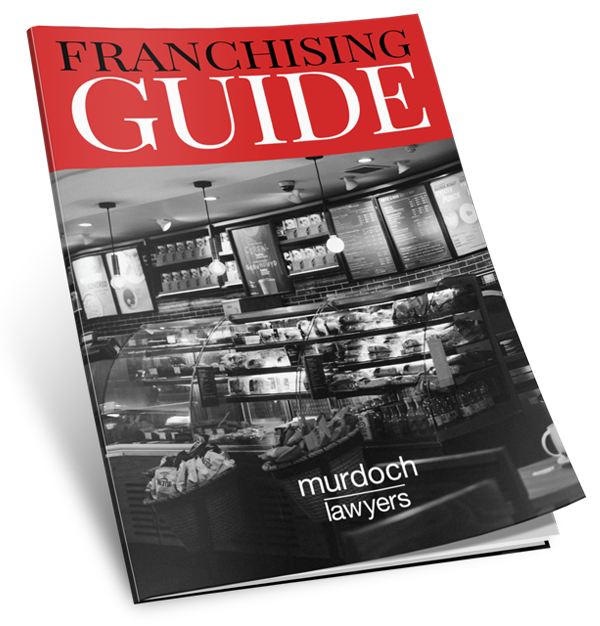
Negotiating a certified agreement can be a challenging and arduous process. In this article, we provide tips to improve your Council’s prospects of a successful negotiation.
Planning is key!
Before you begin, consider what employees will be covered by the agreement and the relevant timeframes.
Be aware of the legislative requirements and ensure the relevant notices are issued in accordance with the legal requirements.
Know and understand your current agreement. Does the current agreement give Council the flexibility it needs to provide services to the community? Is it affordable? What are the gaps?
Think ahead. What will the needs of the business be moving forward? Are there any plans to deliver new services or change the way it delivers services? Is it likely that different ways of working will be introduced over the term of the new agreement?
What changes is Council seeking from the terms of the applicable award? The current certified agreement is not the starting point! A certified agreement should record where the parties agree to vary award terms or provide conditions in excess of the award minimum.
If it’s not broken don’t fix it. If terms in your certified agreement are working, don’t seek to change them for the sake of change.
Look at your composition of the workforce, the way Council works and its future needs.
Understand Council’s wages cost drivers. Obtain and assess relevant data.
Carefully develop your log of claims and have the relevant information which supports the claims readily available. This will avoid unnecessary delays and strengthen your negotiation position.
Don’t forget the importance of payroll input. They can provide feedback on their interpretation of clauses and the administrative burden of any provisions.
Has your strategy clearly developed before you even issue the bargaining notice? Know the key conditions and entitlements you need to change, alternative options and other desires which are non-essentials that you are prepared to negotiate away.
Gather the right team. You need to ensure you have the right skillset at the table.
Think about the timeframes. A short timetable will keep parties focussed, minimise the opportunity for industrial action or other distractions and improve the prospects of completing negotiations within a reasonable timeframe. Employees and other key stakeholders can quickly get frustrated with protracted negotiations.
Communicate
Regular and consistent communication is key.
It is important that elected members and Council’s Senior Management Team are fully briefed on the bargaining process, what Council is seeking to achieve and what is likely to occur during negotiations. Keep them informed during the process so they know what is happening and why.
Have a clear plan for communicating with employees. This is consistent with the requirement to negotiate in good faith and will assist in minimising the risk of incorrect information being distributed and/or believed.
Ensure the method of communication is appropriate. Some employees may not regularly log onto Council’s internet or receive emails. Communication methods should include notice boards, the internet, internal emails, social media and direct meetings. Use simple terms avoiding legal or industrial relations jargon.
Communication is also about listening. Employees will ultimately dictate whether an agreement is voted up. It is therefore important to hear employees’ feedback during the process. Engaging with your employees, keeping them informed of negotiations, the reasons for the changes being sought and clearly identifying the benefits employees will receive is essential.
Part of the communication strategy should identify how to assist non-union employees to feel part of the process and are kept informed.
Expect and plan for industrial action. This can be a tool used by unions to try and get Council to shift their position.
Negotiations
The previous certified agreement is not the starting point! Every certified agreement negotiation process is a new negotiation.
Keep it professional. It can be easy to react to the aggressive and personal manner in which some parties negotiate. However, it is important to focus on the issues and not the personalities or politics.
Do your homework. Statistics and other evidence to support your arguments can be persuasive.
Be pragmatic about what you can obtain in any one bargaining process. It may be unrealistic to try and achieve too many significant changes in one negotiation, often it will take several certified agreements to reach the ultimate goal. Small incremental steps are often the most realistic approach to achieve significant change.
Know your bottom line. Ensure you have financial data readily available and are able to cost any union demands or any compromise proposals. Any certified agreement needs to be financially affordable and sustainable for Council.
Take time to understand the other parties’ concerns and objections to a proposal. This may assist in identifying workable compromises or being able to provide comfort to the other side to obtain agreement on the proposal.
Be careful to minimise cherry-picking in negotiations. Sometimes a package approach can be best, however in other instances splitting issues can be helpful.
Don’t forget about key terms which must be included under the Industrial Relations Act 2016. These include dispute resolution and consultation provisions.
The bargaining team should meet regularly to check in on progress, identify any blockages or opportunities to resolve differences.
Be prepared to be flexible, sometimes a shift in approach is required.
Remember, negotiation is not a one-sided process. Remind employees and the unions that there needs to be given and take from both sides.
Know the cost of each proposal. Sometimes a great degree of time and energy can be spent on an issue that costs Council very little, while conversely an area that incurs significant costs is forgotten or given little attention.
Don’t forget the art of negotiation. People usually ask for more than they expect to get. Be prepared to walk away and maintain your position. Never give in without seeking something in return. Give room to the other side, pushing too hard and taking away every other option won’t get results. Don’t view the negotiation process as a competition. Good negotiation results in both parties feeling they received something of value.
Understand your opponent, consider what their drivers and pressures are. Erroneous assumptions can impair a sound negotiating strategy. Remember the power of personal relationships, take the opportunity to get to know your negotiating opponents. Ask the other side about their priorities at the commencement of negotiations. Their priorities will give you important information that you might not have gained during preparation.
Sometimes countering with a question to seek feedback or further explanation or justification for the demand is helpful. Labelling can be another effective method if emotions run high. This can help de-escalate the situation by prompting the other party to focus on their explanation.
Don’t believe you have to immediately respond to any offer. You may need to consider and analyse the impact of any proposal before responding.
Do be prepared to call out poor behaviour.
Search for smart trade-offs. Identify issues that your counterpart cares deeply about that you value less, then you can propose making a concession on that issue in exchange for a concession on an issue you value highly.
Consider the strategy of presenting multiple equivalent offers simultaneously. This strategy can decrease the odds of an impasse and can provide more creative solutions.
Conclusion
Negotiating a certified agreement can be a difficult process. Planning and preparation is key to a successful outcome. Following the tips outlined above will assist local governments to negotiate with confidence.
If you need assistance with your negotiations or require advice, please contact us at 1300 068 736.
This publication has been carefully prepared, but it has been written in brief and general terms and should be viewed as broad guidance only. It does not purport to be comprehensive or to render advice. No one should rely on the information contained in this publication without first obtaining professional advice relevant to their own specific situation.




